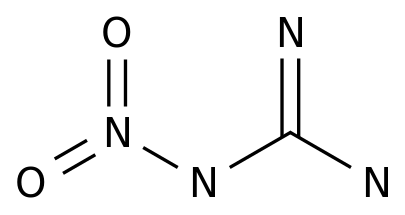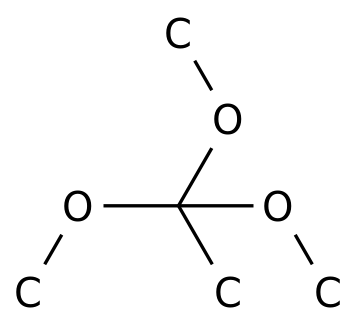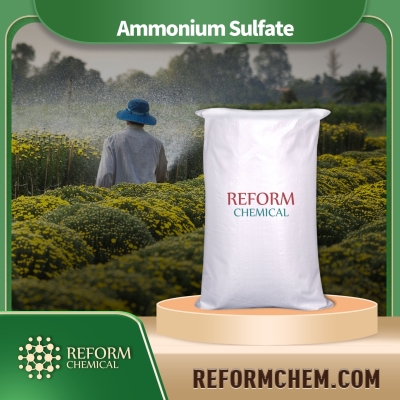-
Categories
-
Pharmaceutical Intermediates
-
Active Pharmaceutical Ingredients
-
Food Additives
- Industrial Coatings
- Agrochemicals
- Dyes and Pigments
- Surfactant
- Flavors and Fragrances
- Chemical Reagents
- Catalyst and Auxiliary
- Natural Products
- Inorganic Chemistry
-
Organic Chemistry
-
Biochemical Engineering
- Analytical Chemistry
-
Cosmetic Ingredient
- Water Treatment Chemical
-
Pharmaceutical Intermediates
Promotion
ECHEMI Mall
Wholesale
Weekly Price
Exhibition
News
-
Trade Service
A few days ago, the reporter learned from the Beijing Plant Protection Station: In order to guide farmers in the scientific and safe use of pesticides and gradually reduce the use of chemical pesticides, after public solicitation, enterprise declaration, condition review, expert review, and online publicity, "Beijing 2018 Crops The "Recommended List of Green Pesticides and Medical Devices for Diseases, Pests, Weeds and Rats" was officially announced
.
The "Directory" recommended a total of 176 products from 73 companies, an increase of 23 from the list of manufacturers recommended in 2017, an increase of 46%
.
Among the 159 recommended control products, the proportion of non-chemical pesticide products reaches 49%
.
Among them, 44 biological pesticide products are recommended, accounting for 28% of control products; 14 natural enemies and pollinating insect products are recommended, accounting for 8% of control products; 21 physical and chemical trap products, accounting for 13% of control products; Recommend 80 high-efficiency environmentally friendly chemical pesticide products, accounting for 51% of control products
.
In addition, Beijing invested 30 million yuan in 2017 to carry out the "Beijing Facility Vegetable Pesticide Use Reduction Action Technology Demonstration Project", and innovated subsidy models to vigorously promote green prevention and control technologies and products
.
The project adopts a subsidy mechanism of subsidy on behalf of whoever buys and uses subsidies, and the principle is to buy and use subsidies.
The subsidy objects in the facility vegetable production area are actually used in the prevention and control of natural enemies, biological pesticides, physical and chemical traps, and pollination.
Green prevention and control products such as insects, high-efficiency, low-toxicity and low-residue chemical pesticides will be subsidized in a certain proportion
.
The specific subsidy ratios are: 90% subsidies for natural enemy products, 50% subsidies for biological pesticides, physical and chemical traps, and pollinators, and 30% subsidies for high-efficiency, low-toxic and low-residue chemical pesticides
.
By subsidizing low-toxic biological pesticides, the transition from relying on chemical pesticides to comprehensive prevention and control of plant diseases and insect pests can be realized, which can effectively reduce the use of chemical pesticides while ensuring the effect of plant diseases and insect pest control, ensuring the quality and safety of agricultural products, agricultural production safety and farmland ecology.
The environment is safe
.
.
The "Directory" recommended a total of 176 products from 73 companies, an increase of 23 from the list of manufacturers recommended in 2017, an increase of 46%
.
Among the 159 recommended control products, the proportion of non-chemical pesticide products reaches 49%
.
Among them, 44 biological pesticide products are recommended, accounting for 28% of control products; 14 natural enemies and pollinating insect products are recommended, accounting for 8% of control products; 21 physical and chemical trap products, accounting for 13% of control products; Recommend 80 high-efficiency environmentally friendly chemical pesticide products, accounting for 51% of control products
.
In addition, Beijing invested 30 million yuan in 2017 to carry out the "Beijing Facility Vegetable Pesticide Use Reduction Action Technology Demonstration Project", and innovated subsidy models to vigorously promote green prevention and control technologies and products
.
The project adopts a subsidy mechanism of subsidy on behalf of whoever buys and uses subsidies, and the principle is to buy and use subsidies.
The subsidy objects in the facility vegetable production area are actually used in the prevention and control of natural enemies, biological pesticides, physical and chemical traps, and pollination.
Green prevention and control products such as insects, high-efficiency, low-toxicity and low-residue chemical pesticides will be subsidized in a certain proportion
.
The specific subsidy ratios are: 90% subsidies for natural enemy products, 50% subsidies for biological pesticides, physical and chemical traps, and pollinators, and 30% subsidies for high-efficiency, low-toxic and low-residue chemical pesticides
.
By subsidizing low-toxic biological pesticides, the transition from relying on chemical pesticides to comprehensive prevention and control of plant diseases and insect pests can be realized, which can effectively reduce the use of chemical pesticides while ensuring the effect of plant diseases and insect pest control, ensuring the quality and safety of agricultural products, agricultural production safety and farmland ecology.
The environment is safe
.







